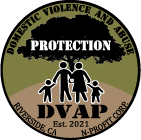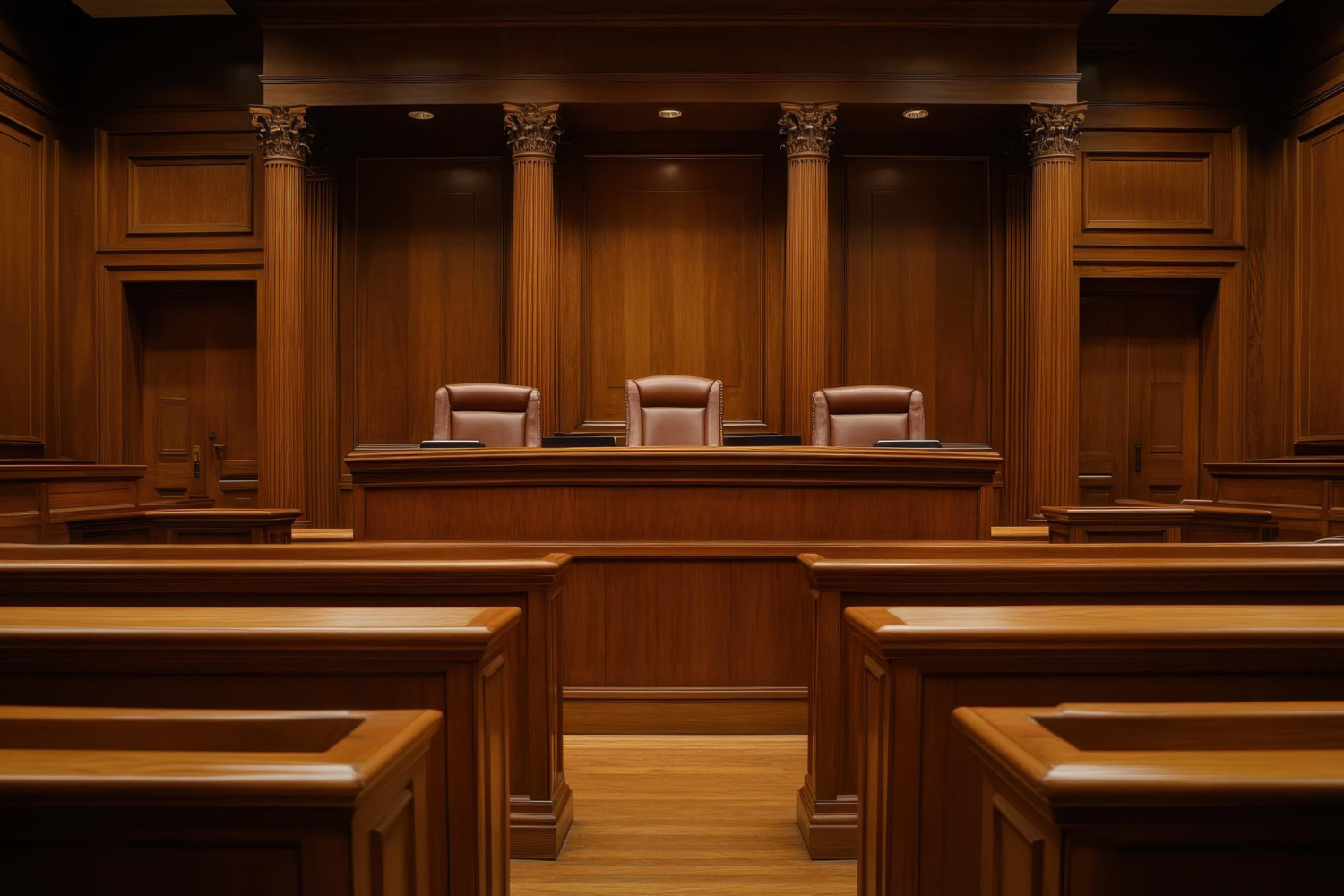Domestic violence court hearings can feel overwhelming, especially for survivors seeking legal protection for the first time. Understanding the process, your rights, and available support can help ease some of the stress and uncertainty. This guide outlines each stage of the court hearing process in California, including what to expect, practical tips, and resources available to you.
Filing a Restraining Order
The first step in seeking legal protection is filing for a restraining order, which is a legal document issued by a court to protect victims from abuse. You can file for a restraining order at your local courthouse, and in California, these include:
- Emergency Protective Orders (EPO): These are short-term orders requested by law enforcement when immediate protection is necessary.
- Temporary Restraining Orders (TRO): Typically lasting 20 to 25 days, a TRO offers interim legal protection until the court hearing.
- Permanent Restraining Orders: If granted during your DV court hearing, these can last up to five years or longer.
When filing, you’ll need to complete forms that describe the abuse and outline why protection is necessary. Court staff or advocates may be available to assist you in completing these forms. It’s crucial to provide as much detail as possible about the incidents of abuse, including dates, injuries, threats, or any police reports as evidence. Once you file, the court may schedule a hearing to decide on the long-term protection order.
Tip: Make copies of all the documents you submit. Keep one for yourself and give copies to trusted family members or your attorney.
Preparing for a DV Court Hearing
Preparing for your day in court is an essential step in your case. Here are some things you can do to feel ready:
- Gather Evidence: Bring any documentation that supports your case, such as text messages, photos, medical records, or witness declarations.
- Seek Legal Advice: If possible, connect with an attorney or legal aid organization that specializes in domestic violence cases. Many counties offer free or low-cost legal services for survivors.
- Dress Professionally: Dressing appropriately for court can demonstrate respect for the process.
- Safety Planning: If you’re afraid of encountering the abuser in the courthouse, inform the court staff in advance. Most courthouses have security measures, such as separate waiting areas or physical escorts to ensure your safety.
Remember: It’s completely normal to feel nervous before your hearing, but preparation helps build confidence.
What Happens During the Hearing
On the day of your hearing, you’ll want to arrive early and check in with court personnel. The courtroom process typically involves:
- Opening Statements: You will have the opportunity to explain your need for protection to the judge. If you’ve hired an attorney, they may speak on your behalf.
- Presenting Evidence: During this stage, you or your lawyer will present the evidence you’ve gathered and call any witnesses to testify. This can include your written statements, photos, or other proof of abuse.
- Respondent’s Side: The person against whom you’ve filed the restraining order will also have the opportunity to present their side of the story and provide evidence.
- Judge’s Decision: Based on the information presented, the judge will decide whether to grant the restraining order and outline its terms.
The legal language and formalities can feel intimidating, but many courtrooms have victim advocates, social workers, or family law facilitators present to provide guidance and reassurance. These individuals can explain what’s happening in simpler terms and ensure your questions are answered.
Tip: Speak clearly, stick to the facts, and try to remain calm while addressing the judge. Your courage to stand up is already an extraordinary step toward safety.
After-Court Support
Once the hearing concludes, the court’s decision will determine the next steps. If the restraining order is granted, here’s what you can expect:
- Order Distribution: You will receive a copy of the order; ensure law enforcement and other relevant parties (like your workplace or children’s school) also have updated copies.
- Enforcement: Violating a restraining order is a crime. Report any violations immediately to local law enforcement.
- Follow-Up Services: Many communities in California, especially in Riverside, offer follow-up services for survivors, such as counseling, financial assistance, and legal aid. Organizations like DVAP can connect you with these resources.
If the restraining order is not granted, don’t lose hope. This does not mean the abuse didn’t happen, and help is still available. Reaching out to an advocate can provide guidance on your next options.
Safety Tip: Continue personal safety planning regardless of the court’s decision. Updating emergency contacts and preparing a safe exit strategy are ongoing steps to consider.
Are You Experiencing Domestic Violence or Abuse? DVAP Is Here To Help
Domestic Violence and Abuse Protection, Inc. (DVAP) is here to provide unwavering support as you take steps toward safety and healing. Whether you need assistance filing a restraining order, legal representation, or ongoing emotional support, our team is ready to stand by your side.
DVAP is a non-profit organization serving the Riverside, California community with the mission of protecting victims and survivors of domestic violence. Visit us at 3900 Orange St., Riverside, CA, or contact us at (951)-275-8301 (24 hours). You can also email us at admin@dvapriverside.org for more information.
You’re not alone, and you don’t have to face this process by yourself. Reach out today—help is just a phone call away.






